Anyone out there have this happen to them? You’re making tea one day to celebrate the New Year with a few people.
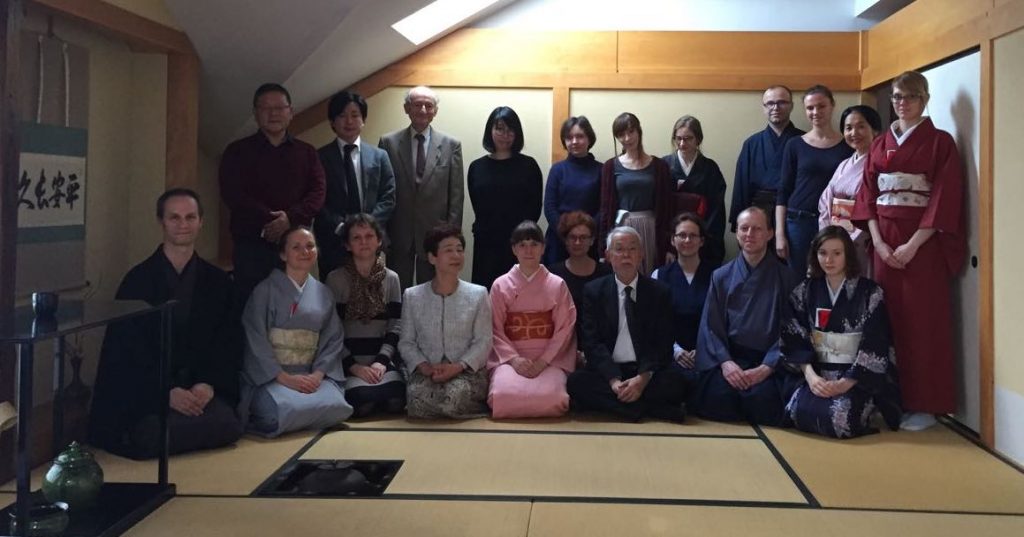
Or maybe more than a few.
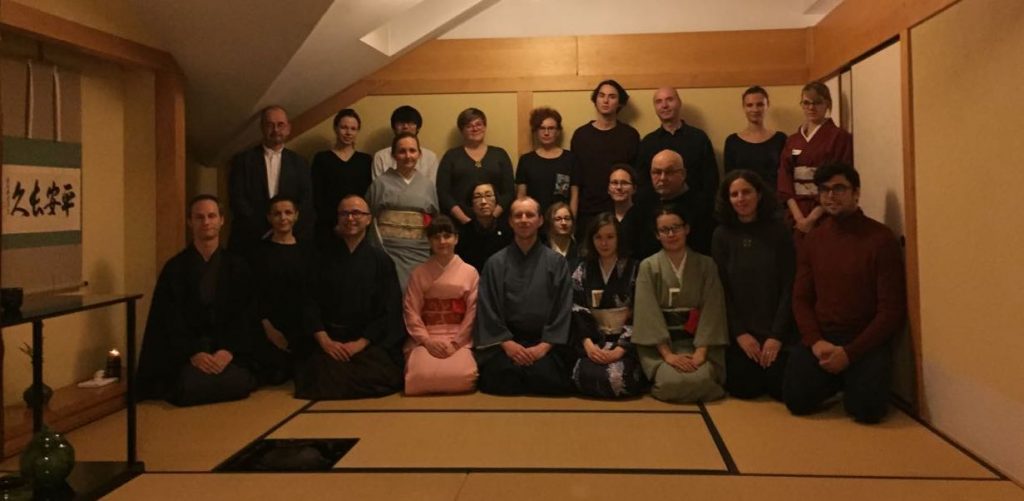
With rather tight seating arrangements.
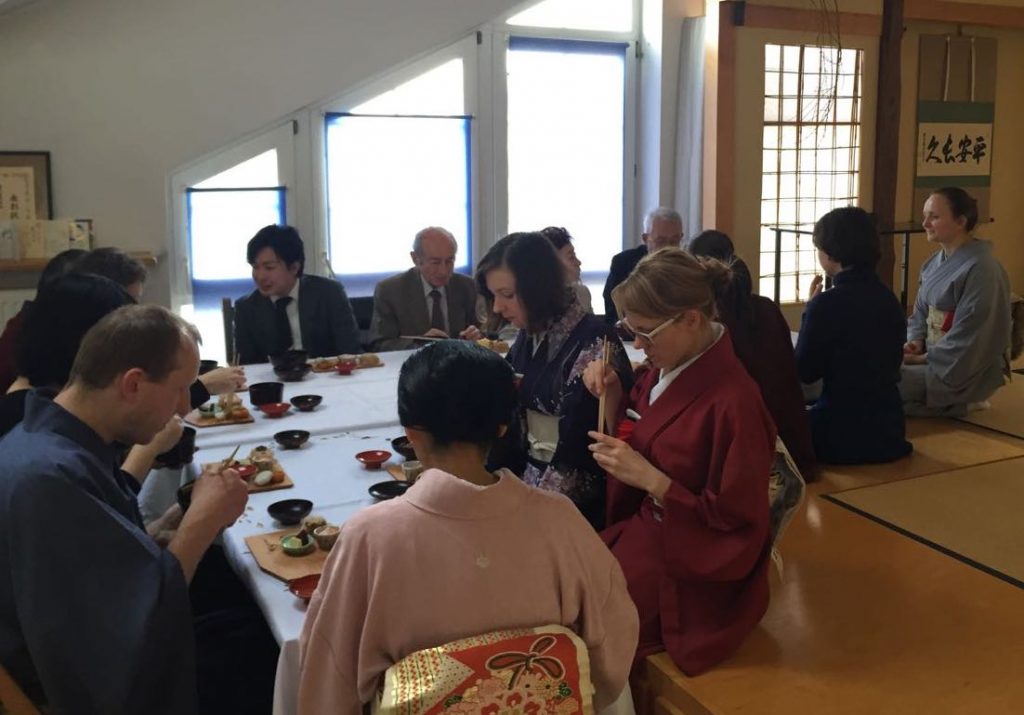
Or, maybe you were giving a presentation about tea to a few hundred guests.
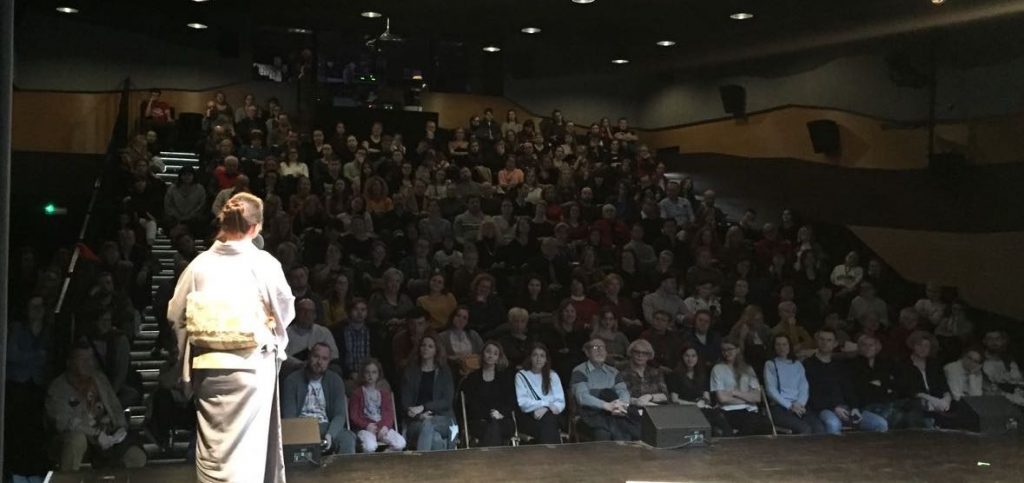
And the next thing you know your tea gatherings looked like this?
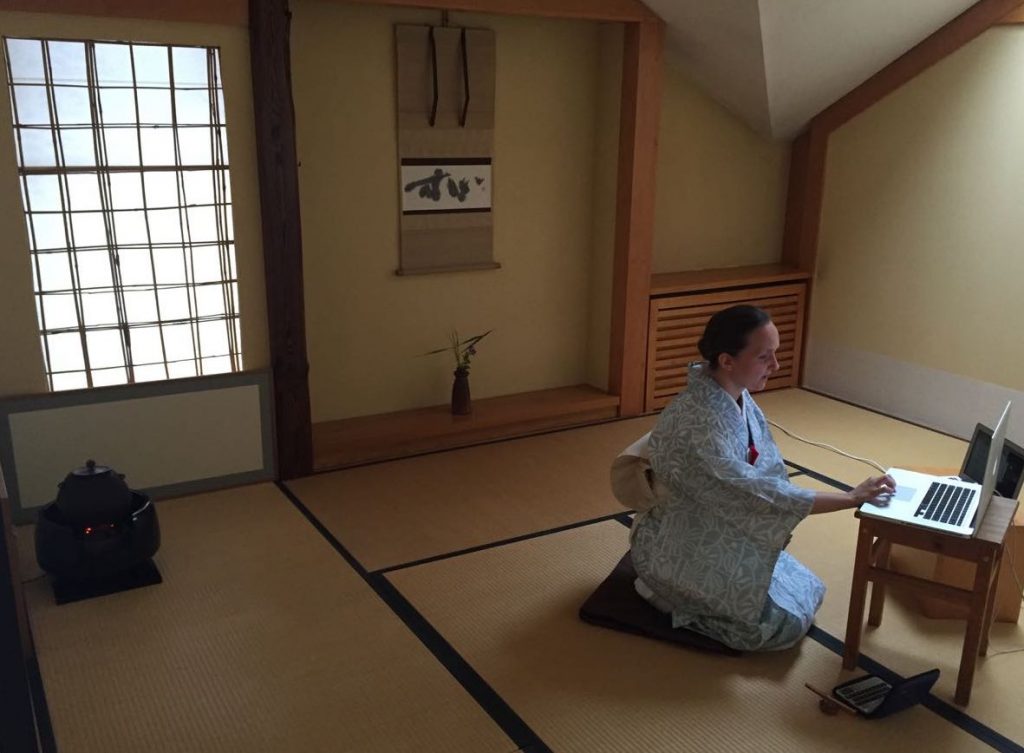
Welcome to the year 2020.
All joking aside, as you all know, this year has been trying for just about everyone in one way or another. With sorrow for those we have lost and hope for a better future, we wish you all good health and safety.
Here in Warsaw we too have needed to adjust. Except for a few rare instances, all classes, okeiko (practice), and chakai (tea gatherings) have moved online.
We still managed to hold Rikyu-ki, with just the four of us at home, along with several virtual guests attending through the computer screen.
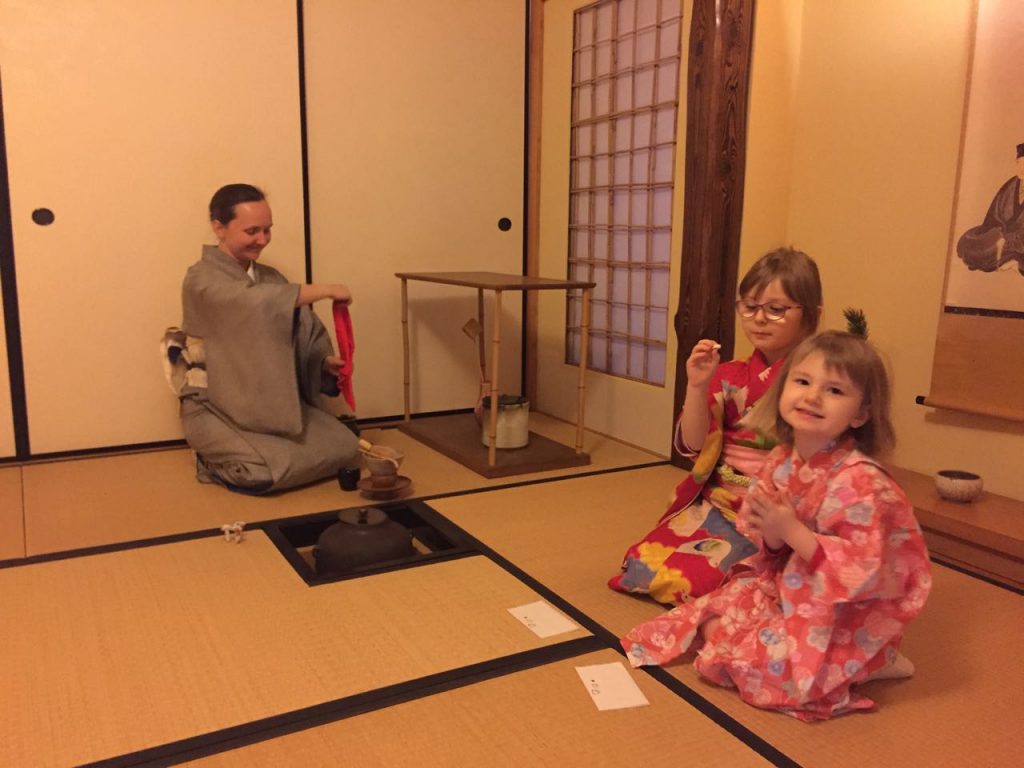
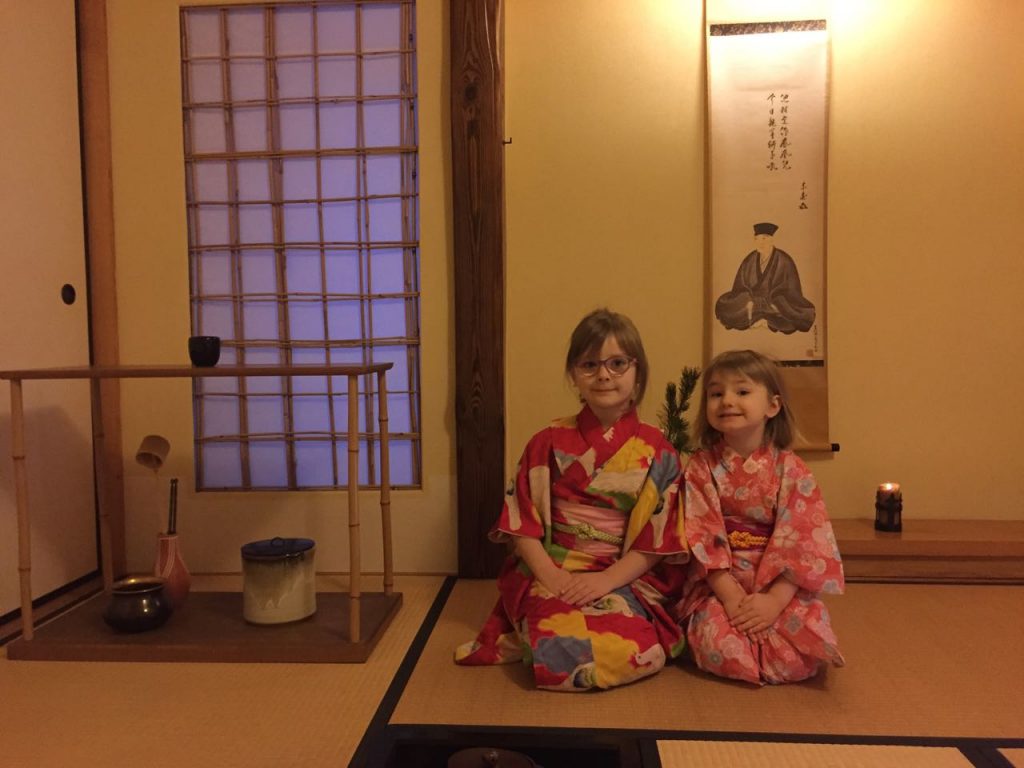
On the plus side of things, we have made new and better connections with people far and wide, generally by means of networking video software. There has been a worldwide sparked interest in distance learning, especially beneficial to those who were already geographically distanced from other tea practitioners and teachers. We have been able to teach and study with people on every side of the Earth. And that has been phenomenal.

So, most of the photos this year look like screen shots with a bunch of heads, maybe someone making tea. I’ll instead focus on two recent experiences, created by those who couldn’t live by computer screen alone. For although 100% VR tea may soon exist, people coming together to share tea and time in each other’s company will never be replaced.
We’ve gone back and forth about how best to serve guests in person. For now we keep the guests to just a few, like a tea gathering should be, small and intimate. If there are people that live together we let them share a bowl of koicha. Today we made good use of kasanejawan, a form that uses two bowls for the thick tea, one for each household present.
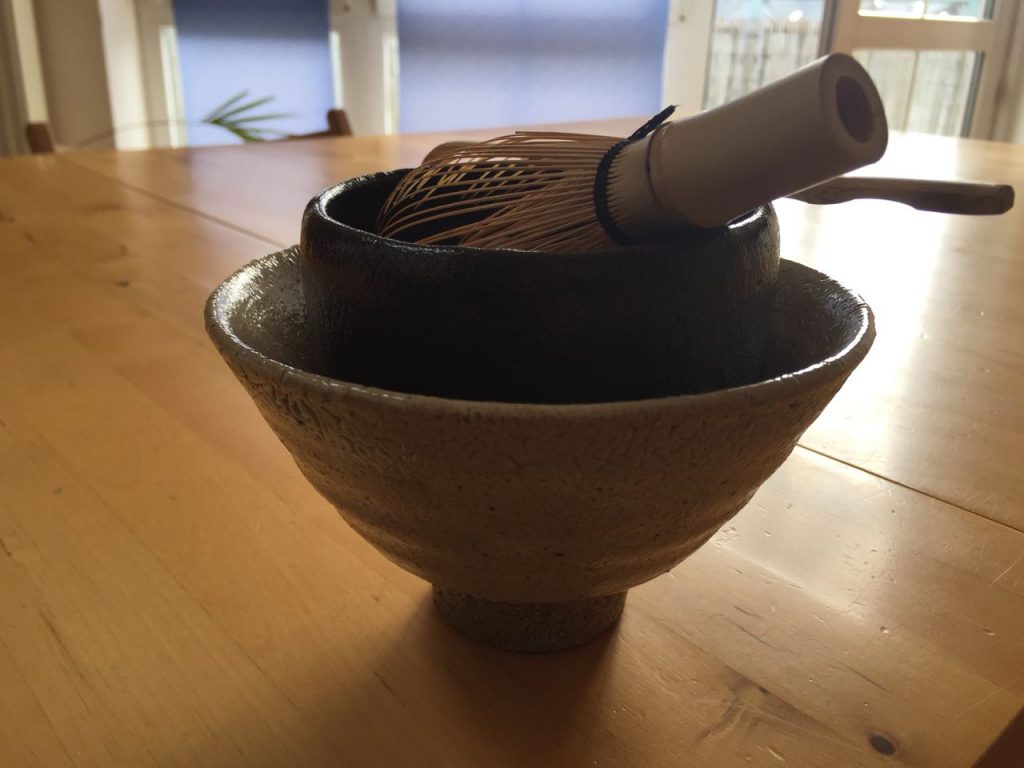
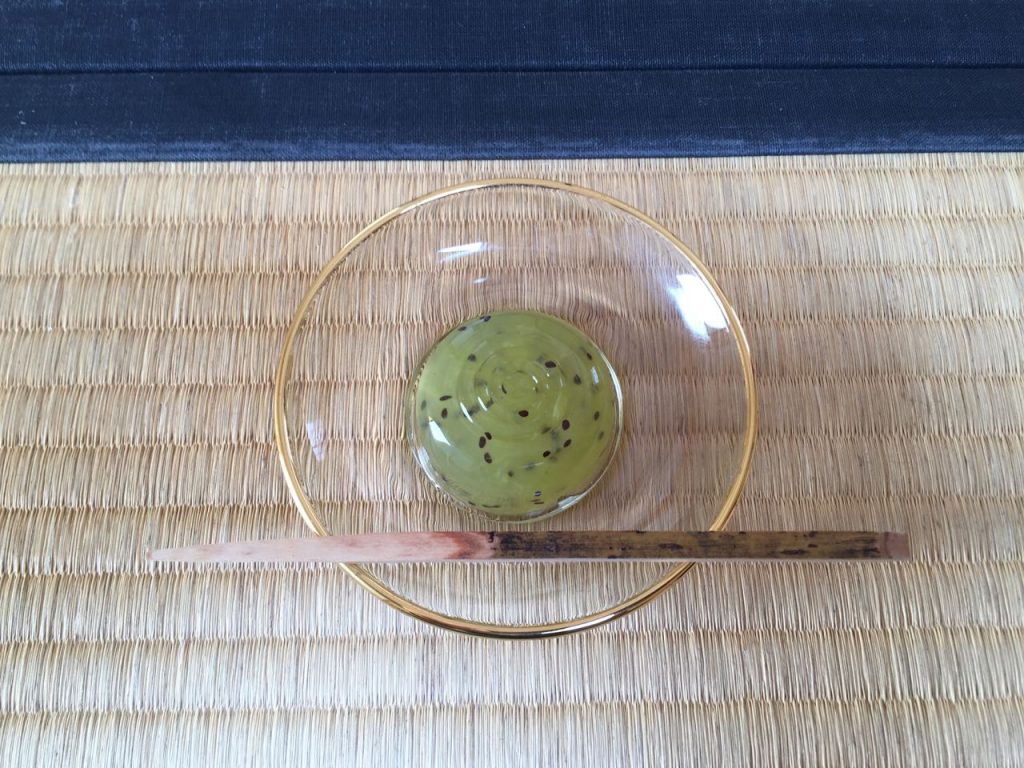
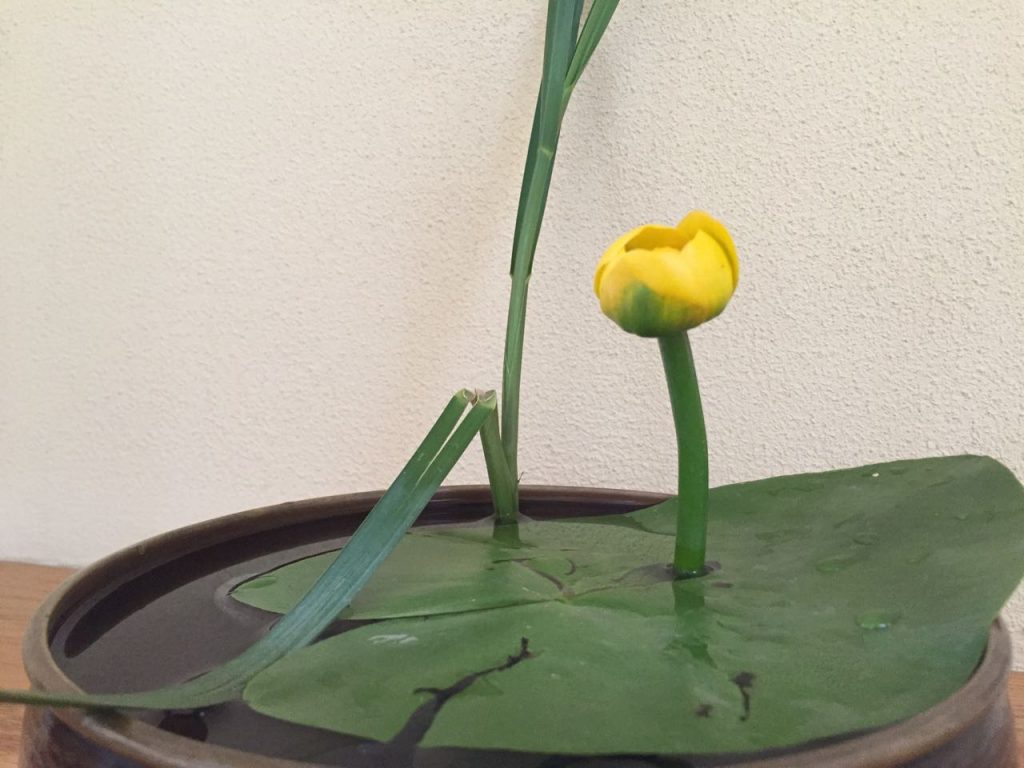
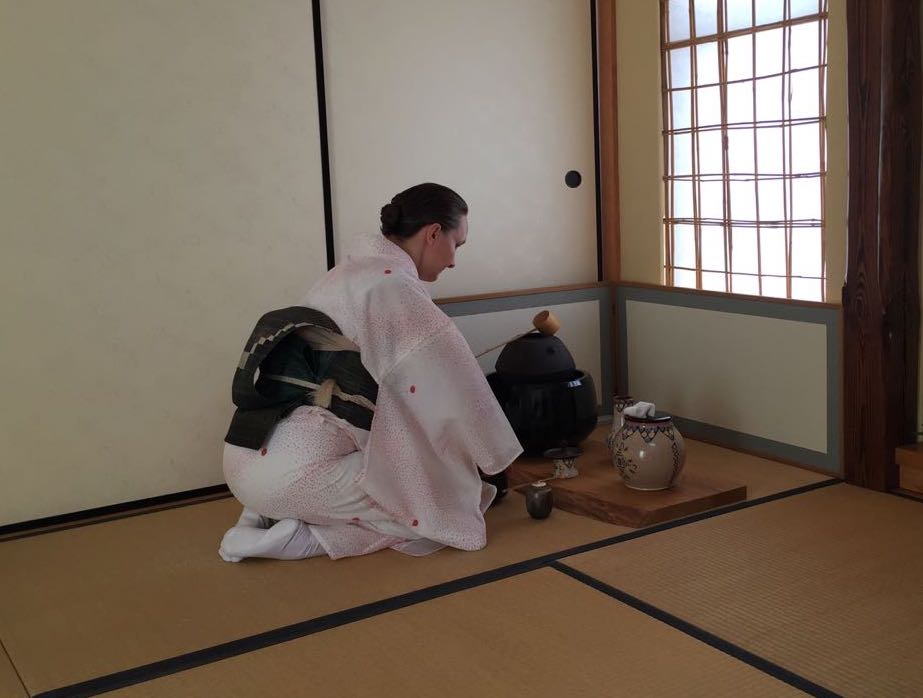
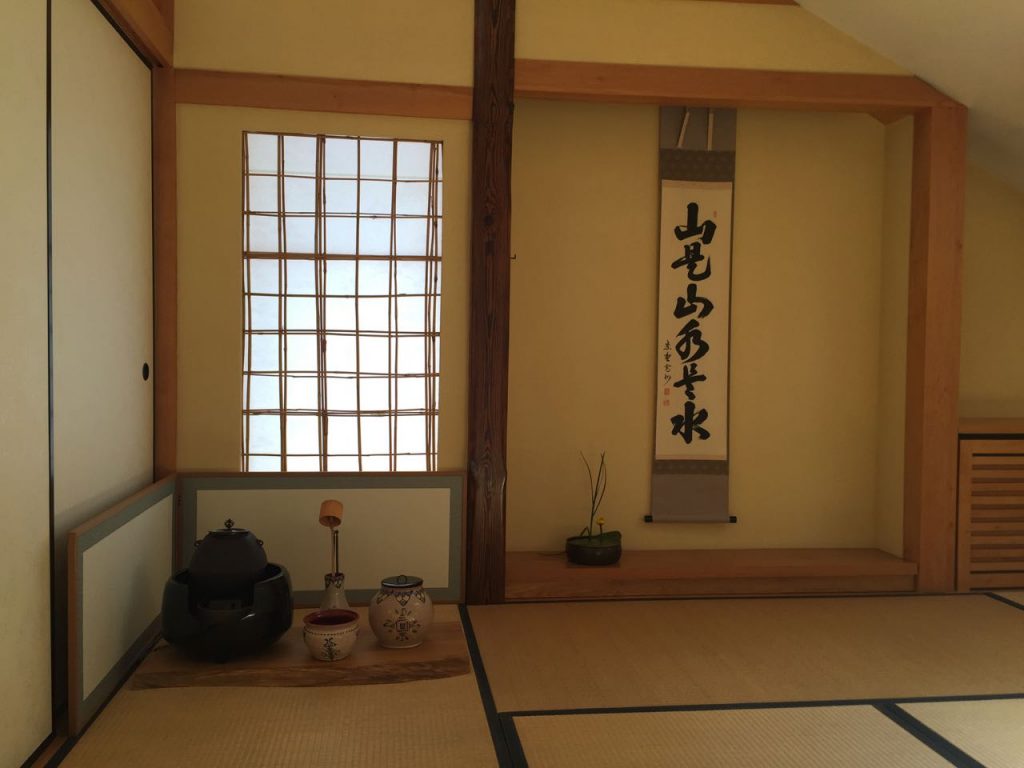
Recently, the head of Urasenke, Zabosai Oiemoto, explained that there were other forms made in the past that dealt with ways of minimizing the spread of germs. One such method was the Kakufukudate procedure. It involves making the thick tea as usual for the first guest.
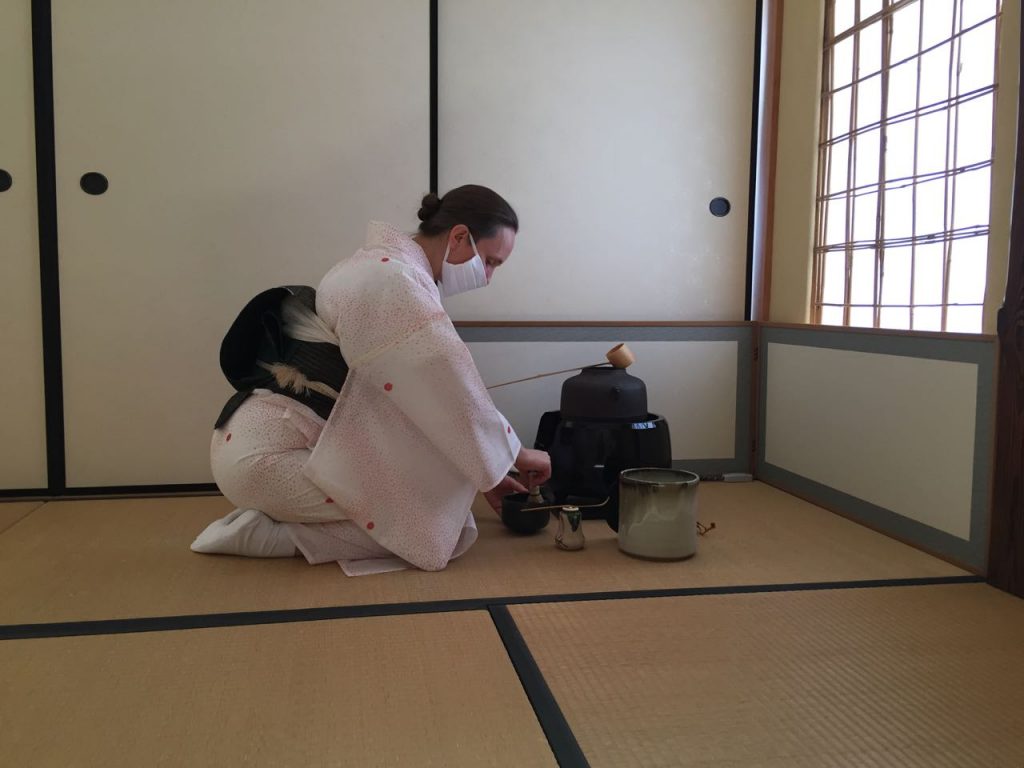
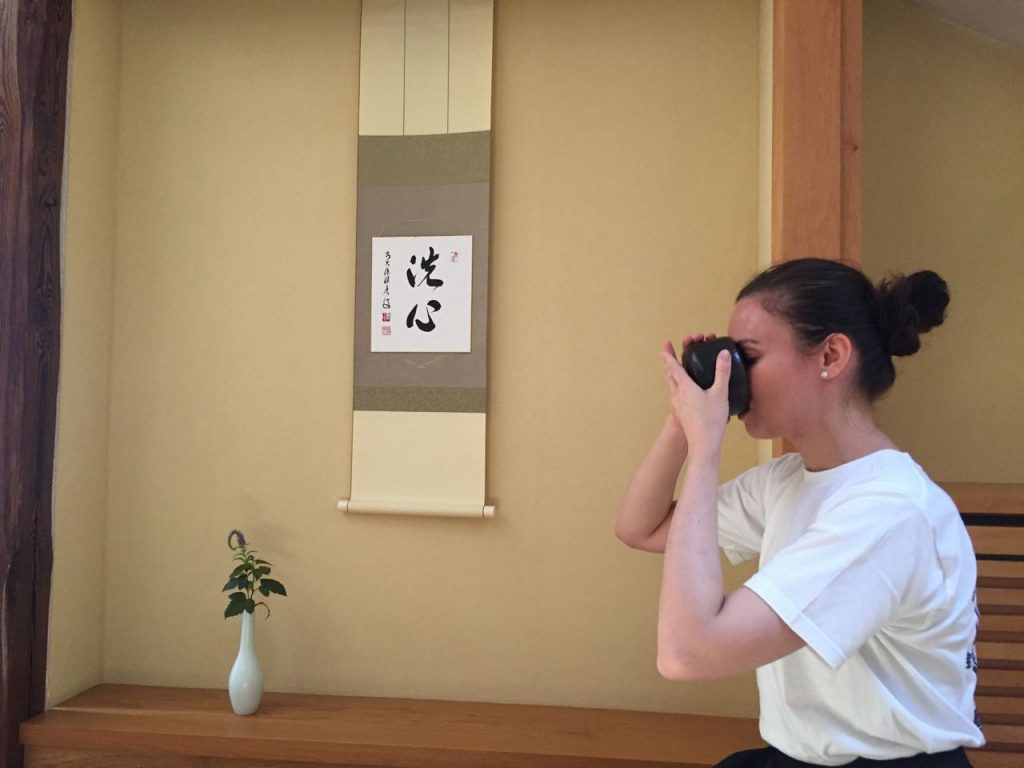
As the first guest drinks the host goes out to get a tray containing separate bowls, already containing tea powder, for each guest.
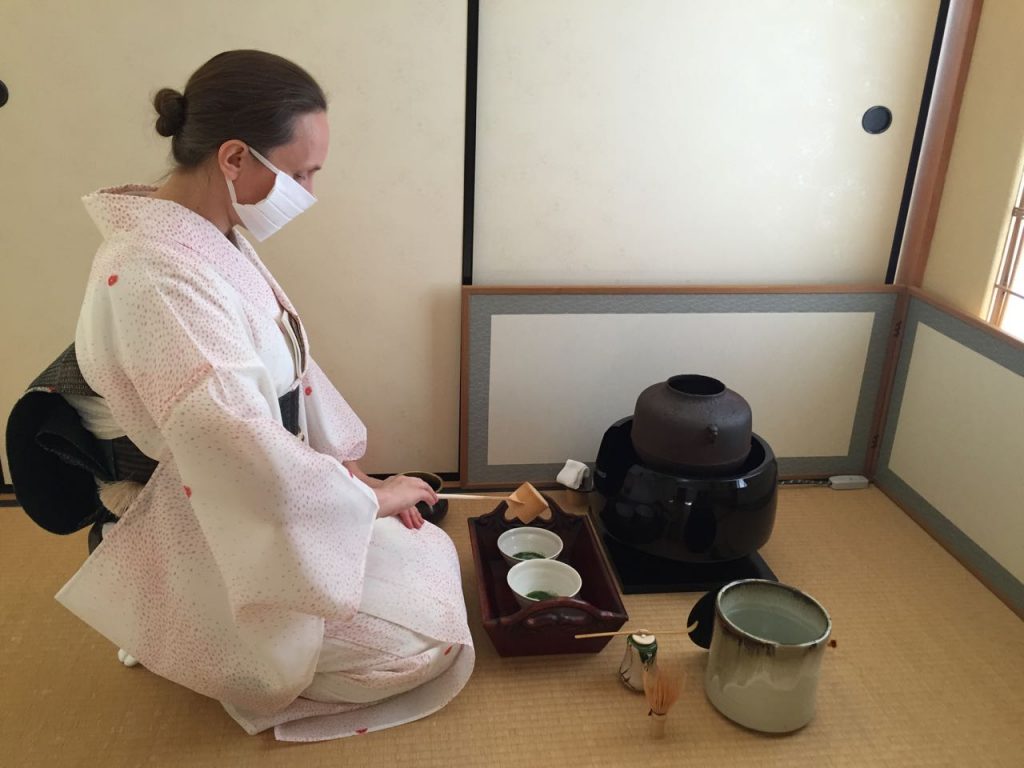
The host returns and quickly makes tea for the other guests.
As we move forward, it’s an intense time for tea, with so many people considering so many options, it’s sure to advance. The direction is unknown and in constant flux.
But as Ula says, “I’m not worried”.
